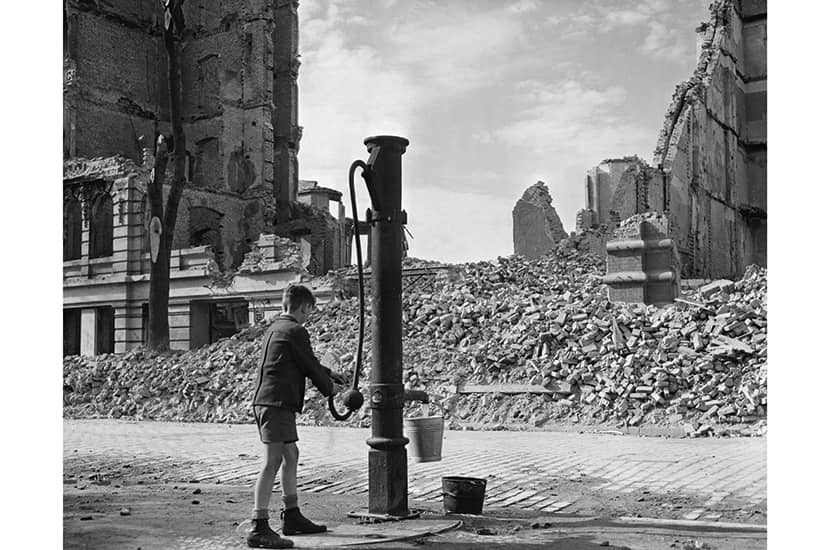In Geoffrey Household’s adrenalin-quickening 1939 thriller Rogue Male, a lone English adventurer takes a potshot at Hitler and then runs for cover. Few Germans were brave or reckless enough to resist the Führer. Once Hitler’s lunacy had become manifest, however, the dilemma for German patriots was painful: to love the Fatherland yet desire the downfall of Nazism. On 20 July 1944 a bomb went off in a briefcase at German GHQ in east Prussia but, extraordinarily, Hitler sustained only damaged eardrums and a pair of scorched trousers. The conspirators were hanged from meat hooks and, as a final gratuitous cruelty, their widows were sent bills for ‘execution costs’.
The textbook version of the anti-Nazi resistance leans heavily on the legacy of Claus von Stauffenberg, the Wehrmacht officer behind the July Plot. In many ways, von Stauffenberg was Hitler’s Aryan ideal: he had heels that clicked to command and wore a steel helmet even to his own wedding. Though a Berlin street was named after him in 1955, it was not until the mid-1960s that the Berlin Senate put up a memorial to him. By that time, almost any resistance to the German state could be justified in terms of atonement for Nazi crimes. If the Baader-Meinhof were able to count on sympathy among the young it was because they dared to do what most Germans had failed to do three decades earlier when it mattered: stand up to authority.
In May 1945 the ‘rubble women’ set to work, clearing bomb damage by passing buckets of debris down a line
Volker Ullrich, the eminent German historian and former literary editor of Hamburg’s Die Zeit newspaper, has done much in recent years to explain the Hitlerian enormities to an interested reading public. His two-volume life of Hitler was a bestseller in Germany. Eight Days in May, its sequel, chronicles the final week of the Third Reich’s existence after the Führer killed himself in Berlin on 30 April 1945.







Comments
Join the debate for just £1 a month
Be part of the conversation with other Spectator readers by getting your first three months for £3.
UNLOCK ACCESS Just £1 a monthAlready a subscriber? Log in